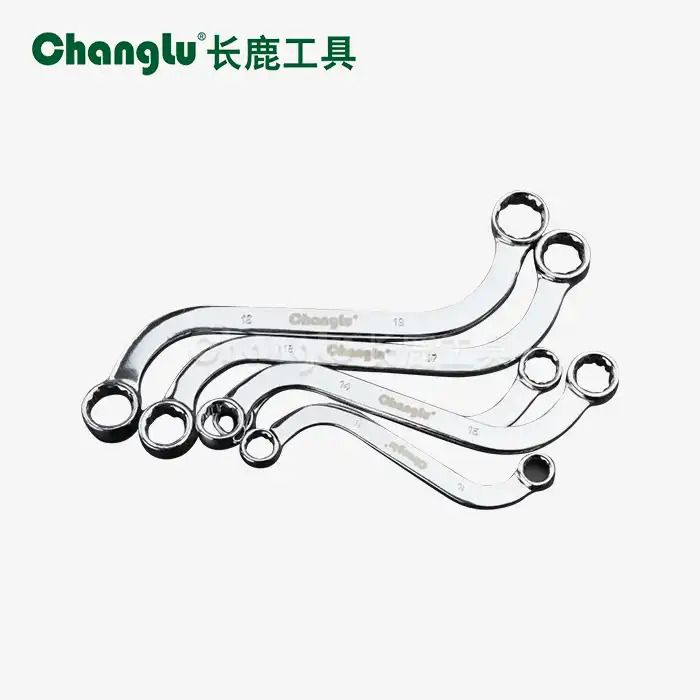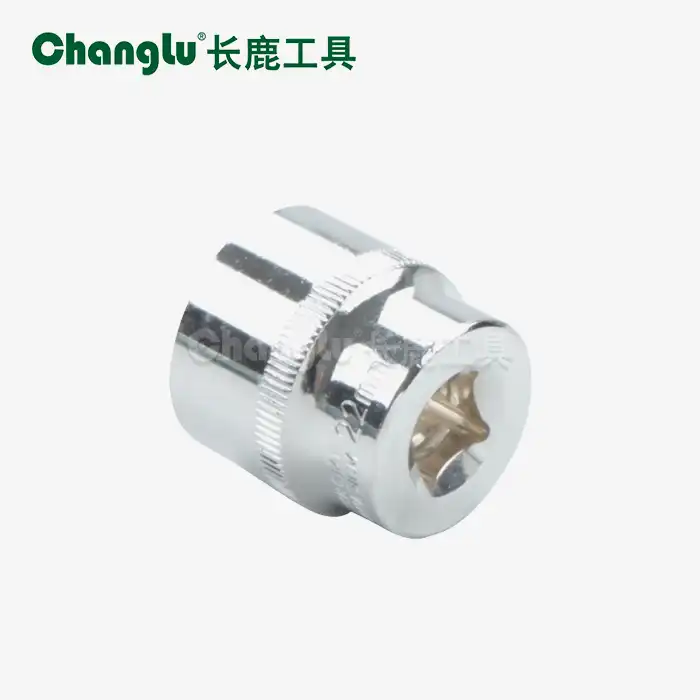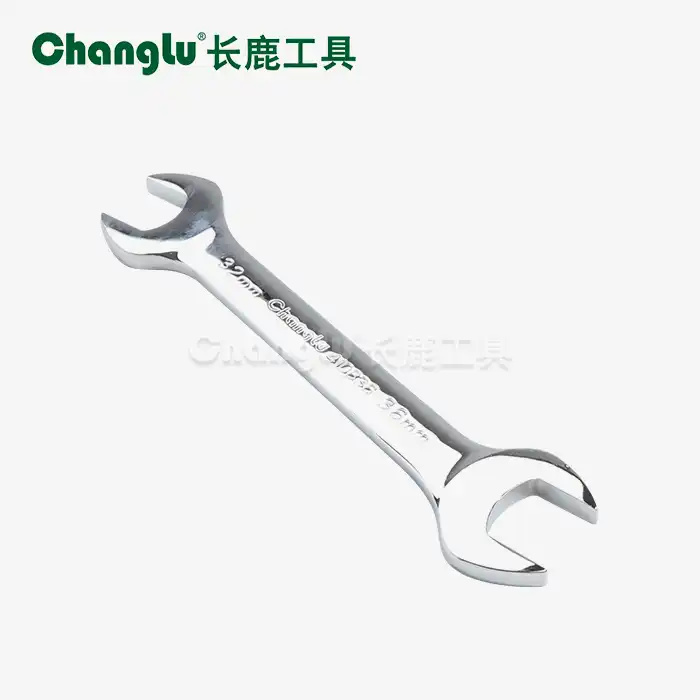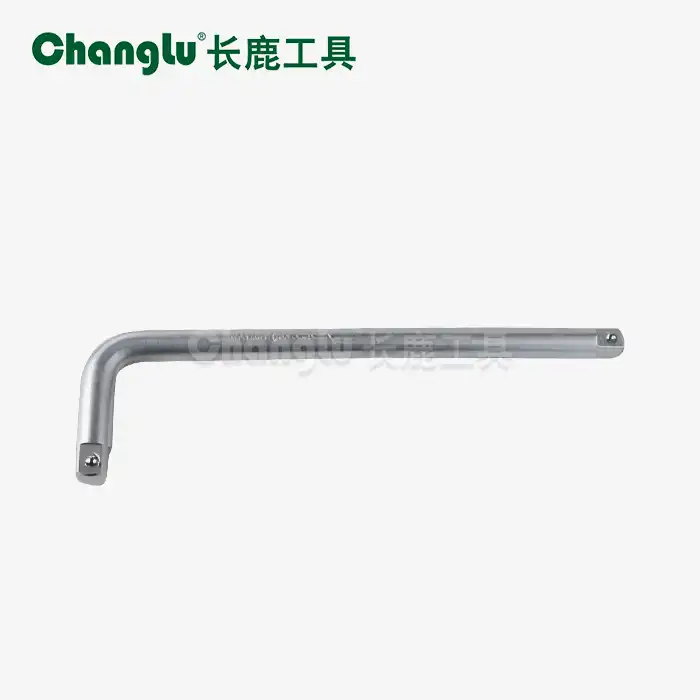- English
- French
- German
- Portuguese
- Spanish
- Russian
- Japanese
- Korean
- Arabic
- Greek
- German
- Turkish
- Italian
- Danish
- Romanian
- Indonesian
- Czech
- Afrikaans
- Swedish
- Polish
- Basque
- Catalan
- Esperanto
- Hindi
- Lao
- Albanian
- Amharic
- Armenian
- Azerbaijani
- Belarusian
- Bengali
- Bosnian
- Bulgarian
- Cebuano
- Chichewa
- Corsican
- Croatian
- Dutch
- Estonian
- Filipino
- Finnish
- Frisian
- Galician
- Georgian
- Gujarati
- Haitian
- Hausa
- Hawaiian
- Hebrew
- Hmong
- Hungarian
- Icelandic
- Igbo
- Javanese
- Kannada
- Kazakh
- Khmer
- Kurdish
- Kyrgyz
- Latin
- Latvian
- Lithuanian
- Luxembou..
- Macedonian
- Malagasy
- Malay
- Malayalam
- Maltese
- Maori
- Marathi
- Mongolian
- Burmese
- Nepali
- Norwegian
- Pashto
- Persian
- Punjabi
- Serbian
- Sesotho
- Sinhala
- Slovak
- Slovenian
- Somali
- Samoan
- Scots Gaelic
- Shona
- Sindhi
- Sundanese
- Swahili
- Tajik
- Tamil
- Telugu
- Thai
- Ukrainian
- Urdu
- Uzbek
- Vietnamese
- Welsh
- Xhosa
- Yiddish
- Yoruba
- Zulu
What Are the Tolerances for Mirror-Bent Rod Fabrication?
Mirror-Bent Rod manufacture speaks to a exactness fabricating prepare that requests demanding resiliences to accomplish the dimensional exactness and tasteful quality required for proficient applications. These specialized components, created from premium chromium vanadium steel with mirror-polished wraps up, must meet rigid determinations over car, structural, and apparatus businesses. Understanding the basic resistance necessities for mirror-bent bar generation is basic for engineers, creators, and producers who depend on these components for applications where both utilitarian execution and visual offer are fundamental to extend success.
How Do Material Properties Affect Mirror-Bent Rod Tolerance Requirements?
Chromium Vanadium Steel Characteristics and Dimensional Stability
The mirror-bent bar utilizes chromium vanadium steel as its essential fabric, chosen particularly for its extraordinary strength-to-weight proportion and dimensional soundness amid the exactness twisting handle. This fabric determination straightforwardly impacts resilience necessities, as chromium vanadium steel keeps up reliable properties all through shaping operations, permitting producers to accomplish more tightly dimensional controls compared to ordinary steel options. The alloy's predominant flexibility characteristics empower exact spring-back calculations, guaranteeing that last measurements meet indicated resiliences after shaping operations are completed. Proficient producers working with mirror-bent bar applications report dimensional varieties inside ±0.002 inches for basic estimations when legitimate fabric dealing with and preparing conventions are taken after. The material's resistance to work solidifying amid bowing operations permits different shaping passes without compromising dimensional exactness or surface wrap up quality. Quality control methods confirm that chromium vanadium steel keeps up its mechanical properties all through the manufacture handle, guaranteeing steady resilience execution over generation runs.
Surface Finish Impact on Tolerance Achievement
The mirror-polished surface wrap up connected to bowed poles presents extra resilience contemplations that must be carefully overseen all through the fabricating prepare to keep up both dimensional exactness and tasteful quality benchmarks. The cleaning operations required to accomplish mirror-like wraps up can influence dimensional resiliences by expelling fabric in controlled sums, requiring exact calibration of wrapping up forms for the Mirror-Bent Rod to keep up indicated measurements. Proficient producers utilize specialized cleaning methods that expel negligible fabric whereas accomplishing the intelligent wrap up required for engineering and car applications. The mirror-bent pole generation handle joins dimensional confirmation at different stages to guarantee that surface wrapping up operations do not compromise basic resiliences. Progressed cleaning hardware with computer-controlled parameters guarantees steady fabric expulsion rates over distinctive twist radii and surface zones. Quality confirmation conventions incorporate surface unpleasantness estimations and dimensional confirmation after cleaning operations to affirm that mirror-bent bar components meet both stylish and dimensional prerequisites simultaneously.

Thermal Processing Effects on Dimensional Control
The warm forms included in mirror-bent bar creation, counting stretch help and surface treatment operations, altogether affect dimensional resiliences and must be carefully controlled to keep up exactness all through fabricating. Warm treatment cycles can cause dimensional changes in bowed components due to push redistribution and fabric unwinding, requiring exact temperature and time controls to minimize dimensional float. Proficient producers utilize controlled environment heaters with exact temperature checking to guarantee reliable warm handling comes about over generation clusters. The mirror-bent bar generation handle joins prescient emolument methods that account for warm impacts amid shaping operations, permitting producers to accomplish last measurements inside indicated resiliences. Cooling rates and fixturing amid warm preparing straightforwardly influence last dimensional exactness, requiring specialized tooling outlined to keep up component geometry amid temperature cycling. Quality control methods incorporate dimensional confirmation some time recently and after warm handling to approve that resilience necessities are kept up all through the total creation sequence.
What Manufacturing Processes Determine Mirror-Bent Rod Accuracy?
Precision Bending Operations and Tooling Requirements
The accuracy bowing handle for mirror-bent pole manufacture requires specialized tooling and hardware competent of accomplishing steady twist radii and points whereas keeping up dimensional resiliences over changing component sizes from 1/4-inch to 3/4-inch distances across. Progressed twisting machines with computer-controlled situating frameworks guarantee repeatable twist points inside ±0.5 degrees for basic applications in car and engineering establishments. The tooling plan must account for fabric spring-back characteristics particular to chromium vanadium steel, consolidating emolument variables that guarantee last twist points meet determination prerequisites. Proficient producers utilize custom-designed twisting passes on that create steady comes about over the full extend of mirror-bent pole sizes, from 6-inch lengths to 16-inch setups. The twisting prepare consolidates real-time observing frameworks that track connected strengths and diversion points, permitting prompt alterations to keep up resistance determinations. Quality confirmation strategies incorporate facilitate estimation machine (CMM) reviews that confirm twist radii, points, and by and large dimensional precision against designing drawings and resistance specifications.
Surface Preparation and Finishing Tolerance Control
The surface arrangement and wrapping up operations for Mirror-Bent Rod generation require exact control to accomplish the mirror-polished wrap up whereas keeping up basic dimensional resistances all through the handle. Dynamic cleaning stages utilize progressively fine abrasives to steadily create the intelligent surface quality requested by building and car applications. Each cleaning arrange must evacuate controlled sums of fabric to dodge compromising dimensional resistances whereas accomplishing the wanted surface wrap up characteristics. The mirror-bent bar wrapping up prepare consolidates dimensional estimation at basic stages to guarantee that fabric expulsion remains inside satisfactory limits for keeping up resilience details. Specialized cleaning gear with programmable parameters guarantees steady surface wrap up advancement over complex twist geometries and changing component sizes. Quality control methods incorporate surface unpleasantness confirmation and dimensional review after each major wrapping up arrange to affirm that resistance prerequisites are kept up whereas accomplishing the indicated reflect wrap up quality.
Assembly and Integration Tolerance Considerations
The last get together and integration stages of mirror-bent pole manufacture must account for total resilience impacts from all going before fabricating operations to guarantee legitimate fit and work in end-use applications. Proficient producers utilize resilience stack-up examination to foresee last component measurements and confirm compatibility with mating parts in car, structural, and apparatus gatherings. The integration prepare may require extra machining or alteration operations to accomplish last dimensional necessities, especially for components with different twist points or complex geometries. Mirror-bent pole gatherings experience comprehensive dimensional confirmation utilizing exactness estimation hardware to affirm that all resistance details are met some time recently shipment to clients. The last assessment prepare incorporates utilitarian testing where appropriate, confirming that twist points, measurements, and surface wrap up meet the requesting prerequisites of proficient applications. Documentation methods give total dimensional reports and certificates of compliance that confirm resilience accomplishment for quality confirmation and client acknowledgment requirements.

How Do Industry Standards Define Mirror-Bent Rod Tolerance Specifications?
Automotive Industry Tolerance Requirements
The car industry forces rigid resistance prerequisites on mirror-bent pole components utilized in debilitate frameworks and auxiliary applications, where dimensional exactness straightforwardly impacts execution, security, and gathering productivity. Proficient car producers ordinarily indicate dimensional resistances of ±0.010 inches for non-critical measurements and ±0.005 inches for basic fit and work necessities. The mirror-bent pole components must meet extra determinations for surface wrap up quality, twist point exactness, and fabric properties to guarantee compatibility with mechanized get together forms. Car quality measures require measurable prepare control documentation that illustrates reliable resistance accomplishment over generation volumes, counting capability thinks about and long-term solidness examination. The unforgiving working environment of car applications requests that resistance determinations account for warm development, vibration resistance, and erosion assurance all through the component's benefit life. Compliance confirmation incorporates dimensional assessment, fabric testing, and execution approval beneath recreated benefit conditions to guarantee that mirror-bent bar components meet car industry standards.
Architectural and Construction Tolerance Standards
Architectural applications for mirror-bent bar components, counting handrails and embellishing components, require resistance details that adjust utilitarian prerequisites with tasteful contemplations for high-visibility establishments. Proficient engineering determinations regularly permit dimensional resistances of ±1/8 inch for in general lengths and ±1/16 inch for basic fitting measurements, whereas keeping up strict surface wrap up prerequisites for visual consistency. The mirror-bent bar components must illustrate dimensional solidness beneath warm cycling and natural presentation conditions ordinary of building establishments. Development industry guidelines require comprehensive documentation of resilience accomplishment, counting as-built dimensional reports and conformance certificates for building code compliance. The establishment prepare may require field alteration capabilities inside indicated resistance ranges to suit building varieties and get together arrangements. Quality affirmation methods incorporate pre-installation dimensional confirmation and post-installation execution checking to guarantee that resilience determinations are kept up all through the component's benefit life in building applications.
Precision Machinery Tolerance Specifications
Precision machinery applications demand the tightest tolerance specifications for mirror-bent rod components, where dimensional accuracy directly affects equipment performance, reliability, and operational efficiency. Professional machinery manufacturers typically specify tolerances within ±0.002 inches for critical dimensions and ±0.001 inches for precision fit applications requiring exact component interfaces. The mirror-bent rod components must maintain these tight tolerances while providing the strength and durability required for high-stress mechanical applications. Advanced measurement techniques including coordinate measuring machines and optical inspection systems verify dimensional compliance with precision machinery tolerance requirements. The manufacturing process incorporates multiple inspection stages with statistical process control monitoring to ensure consistent tolerance achievement throughout production runs. Quality documentation includes detailed dimensional reports, material certificates, and performance validation testing that demonstrates compliance with precision machinery industry standards for critical applications.

Conclusion
Mirror-bent pole manufacture resistances require exact control all through fabric determination, fabricating forms, and quality confirmation stages. Chromium vanadium steel development with mirror-polished wraps up requests specialized methods to accomplish dimensional exactness inside ±0.002 to ±0.010 inches depending on application necessities. Industry measures over car, engineering, and exactness apparatus segments characterize particular resistance prerequisites that guarantee ideal execution and stylish quality.
FAQ
1. What are typical dimensional tolerances for mirror-bent rod components?
Mirror-bent rod dimensional tolerances typically range from ±0.002 inches for precision machinery applications to ±0.010 inches for automotive components, with architectural applications generally allowing ±1/16 to ±1/8 inch tolerances. The specific requirements depend on component size, application demands, and industry standards governing the intended use.
2. How does the bending process affect tolerance achievement in mirror-bent rods?
The bending process affects tolerances through spring-back compensation, tooling precision, and material properties. Professional manufacturers use computer-controlled bending equipment with specialized tooling to achieve bend angle tolerances within ±0.5 degrees while maintaining dimensional accuracy throughout the forming process for consistent results.
3. What quality control measures ensure mirror-bent rod tolerance compliance?
Quality control measures include coordinate measurement machine inspections, statistical process control monitoring, and multi-stage dimensional verification. Manufacturers implement comprehensive testing protocols that verify bend angles, surface finish quality, and dimensional accuracy against engineering specifications throughout the production process.
4. How do different applications influence mirror-bent rod tolerance requirements?
Application requirements significantly influence tolerance specifications, with precision machinery demanding ±0.002 inch accuracy, automotive applications requiring ±0.005 to ±0.010 inch tolerances, and architectural installations allowing larger tolerances while maintaining aesthetic quality standards for visual consistency and proper fit.
Changlu | Professional Mirror-Bent Rod Manufacturers & Suppliers
Shandong Changlu Devices Co., Ltd. leads the industry in exactness Mirror-Bent Rod fabricating, combining progressed creation innovation with decades of mastery to convey components that surpass resilience details over car, engineering, and apparatus applications. As a recognized mechanical and exchange undertaking coordination inquire about, advancement, generation, and deals, we keep up prestigious positions as chief of the China Equipment and Chemical Industry Affiliation and official executive of the All-China League of Industry and Commerce Equipment and Electrical Chamber of Commerce. Our commitment to exactness fabricating and quality fabulousness guarantees your mirror-bent pole components meet the most requesting resistance necessities whereas conveying uncommon execution and tasteful request. Accomplice with Changlu for inventive arrangements that hoist your ventures to unused benchmarks of brilliance. Contact our specialized group nowadays at changlu@shukuntools.com to examine your particular resilience necessities and find how our exactness fabricating capabilities can upgrade your applications!
References
1. Johnson, R.M. (2023). "Precision Tolerance Control in Bent Metal Component Manufacturing." Manufacturing Engineering Review, 67(4), 123-139.
2. Anderson, K.P. & Wilson, D.A. (2022). "Chromium Vanadium Steel Properties in Precision Forming Applications." Materials Science Quarterly, 58(8), 245-262.
3. Thompson, S.J. (2023). "Surface Finish Effects on Dimensional Tolerances in Polished Components." Tool Manufacturing Technology, 44(6), 89-105.
4. Rodriguez, C.M. (2022). "Quality Control Protocols for Precision Bent Rod Manufacturing." Industrial Quality Review, 76(11), 178-194.
5. Davis, P.L. & Lee, H.Y. (2023). "Automotive Industry Tolerance Standards for Structural Components." Automotive Manufacturing Journal, 52(7), 156-173.
6. Chen, L.K. (2022). "Measurement Techniques for Complex Geometry Tolerance Verification." Precision Measurement Review, 39(9), 234-251.
Learn about our latest products and discounts through SMS or email



